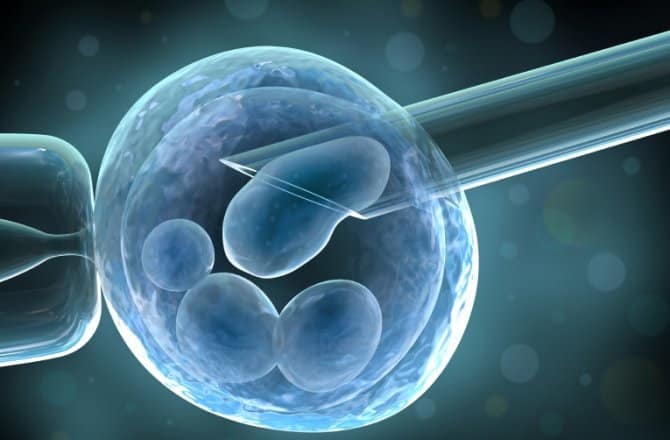The field of Medicine has covered considerable ground since Man first discovered that the key to his health lay largely in his own hands. There have been important milestones in the field of Medicine over the years. From Roger Bacon’s magnifying glass in 1250 , which technology was later parlayed to correct farsightedness (and is now indispensable in surgery), to Rene Laennec’s invention of the Stethoscope in 1816 and Dr Crawford W. Long’s use of anaesthesia (diethyl ether in his case) on the operating table, the advances have been varied and life-changing.
Potential of Stem Cells
Stem cells regenerative properties and their ability to differentiate into different kinds of cells make them the closest thing to eventual body renewal that the ancients dreamt of. This is no idle reverie and the vast potential of these cells has yet to be fully appreciated.
In spite of the gigantic leaps that Medicine has made and continues to make, many treatments remain invasive and can prove traumatic to patients. Stem cells offer a more therapeutic way of treating injuries and of curing diseases. The use of stem cell injections in lieu of reconstructive surgery is just one example of this therapeutic alternative.
Stem cells are undifferentiated cells that have the ability to differentiate into specialised cells. It is this characteristic that makes them so invaluable in the treatment of so many conditions. As we age, however, our supply of stem cells not only dwindles but also undergoes genetic mutations, diminishing their potency and effectiveness in repairing and rejuvenating the body. Scientists now believe that obtaining stem cells from the placenta is the best way to harness their power: their supply, while not inexhaustible, is large enough to cover any conditions. Stem cells at this stage are in their purest form, uncontaminated, their biological software intact, and can be injected directly to the affected area or even administered intravenously.
Future of Stem Cell Therapy
As this important field of medicine continues to gain mainstream acceptance its development will be especially visible in the following areas. Top of the list is their primary use which is tissue engineering. The repair and replacement of damaged tissue will depend quite heavily on the use of stem cells.
The second development that we will witness in the field of stem cell therapeutics will be the use of technology borrowed from cryogenics. To go around the problem of ageing and mutating cells, scientists propose the freezing of a person’s stem cells at birth, in their purest form. These can then be used at later dates when need arises. One particularly rich source of stem cells is the placenta. Dr Bob Hariri of the Stem Cell Institute in Panama City makes this point while at the same time reiterating the unsullied nature of the stem cells at this juncture: the system has not encountered radiation, chemicals and other detrimental stimuli.
The third development will be in the expanded use of Mesenchymal Stem Cells (MSC). These are the stem cells most commonly used in therapy. From their projected intensive use in bone disorders, MSCs will find further application in the treatment of Cancer, autoimmune diseases, cardiovascular and liver diseases, among others.
The fourth development that we are likely to witness is in the field of Parabiosis. Long the stuff of legend, and now the subject of positive clinical trials, the transfusion of a young person’s blood into an older person has been shown to reverse ageing symptoms in practically all the organs. The infusion of your own cord blood (extracted from your umbilical cord and frozen) holds significant implications for rejuvenation and longevity.
It is perhaps the greatest of ironies that the key to our longevity lies not in some elusive Philosopher’s Stone but in our very own building blocks.
H/T: Singularity Hub



 English
English